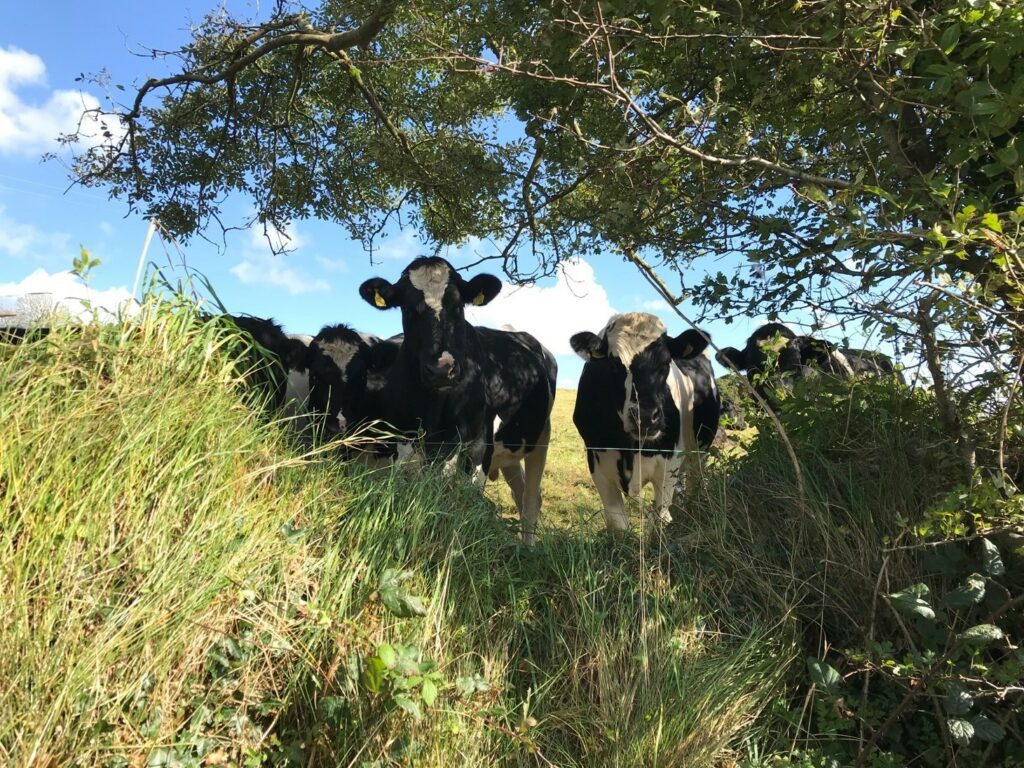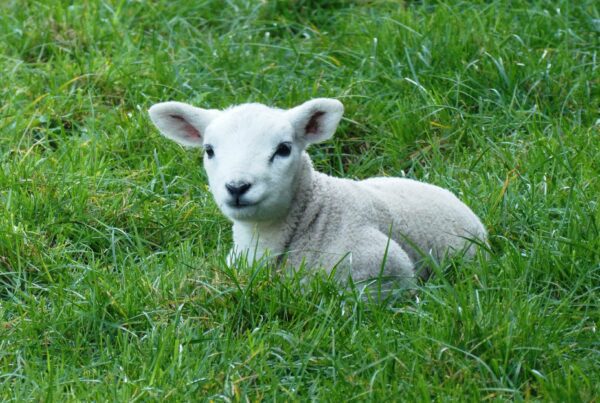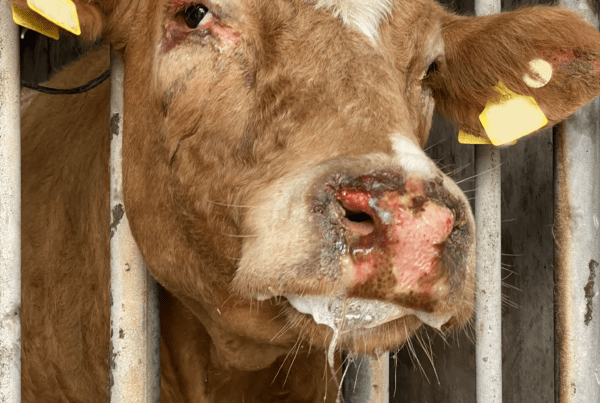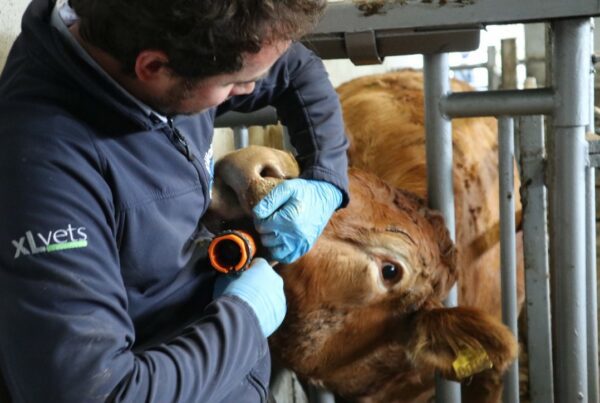Article by Evelyn Coleman DVM
Riverview Veterinary Group, Co. Cork
Pica is a condition where cattle eat or lick items that are of no nutritional value. The most common complaint I’ve come across is cows licking stones in the ditches and passageways. Other examples would be seeking out plastic from silage bales, licking clay, walls, gates or urine-anything they’re not supposed to eat.

Causes of Pica
There have not been extensive studies done regarding Pica so exact cause of pica can be difficult to pin point. The three most common causes of pica include; phosphorous and sodium deficiency or a shortage of long structural fibre in the diet.
A surge in pica may be caused by a very wet Winter with nutrients being leached from soils, this combined with a very dry spring may lead to a lower mineral supply in the grass.
What Causes These Deficiencies?
1. Structural Fibre
Fresh spring/early summer grass may contain low levels of fibre compared to older stalky grass. Sufficient fibre is an essential component for rumen health and function and when the total fibre in the diet is low, cows are at risk of acidosis leading to very loose manure and a drop in milk production. If butterfat levels are at acceptable levels for the time of year, it could mean that pica symptoms are more likely to be caused by a mineral deficiency rather than low fibre.
2. Low Sodium (Na)
The high potassium levels in fertiliser/slurry spread on a field can decrease the bioavailability of sodium in the grass. This can lead to a deficiency of sodium in the cow’s diet. This deficiency can lead to the cows seeking sodium from elsewhere which leads to pica.
3. Low phosphorus (P)
As per soil sampling carried out by Teagasc over half of the soil samples tested around the country were low in phosphorus, particularly during peak grass growing months, compared to the requirements of dairy cows. Most of a cow’s phosphorus will come from the ration. Even still there can be an underlying P deficiency. You won’t see any startling clinical signs overnight but long term P deficiency can lead to many problems such as decreased milk yield, decreased live weight gain at herd level and of course Pica which leads to its own plethora of problems.
Clinical Signs
If a cow is eating stones, licking pebbles etc. it’s going to negatively affect the gut. Whilst these cows may initially appear healthy, this abnormal behaviour will have negative consequences on the animal.
There’s a high likelihood to cause damage to the GI tract as there would be an impact on rumination, gut motility and may cause pain, constipation, acidosis or blockage. These conditions can lead to death if the behaviour is prolonged or if sick cows are left untreated. A chicken needs gravel in the gizzard. Cows don’t!
Diagnosis
Diagnosis is based on observation of the clinical signs. A blood test for trace elements taken from animals displaying clinical signs of pica and a few that don’t show any signs. It’s essential to take samples from a few animals to get a representative snapshot of the herd.
Case Study
Late last summer I got a call out of hours. The farmer was concerned about a cow off form, she’d calved last spring with no complications and was back in calf at this stage. As I pulled up to the yard I was greeted by the farmer. We were discussing this cow and the cows in general and watching them wonder back down the passage. We noticed they were very slow and picking in the ditches. I examined the cow who presented with dramatic milk drop, constipation, decreased rumen sounds and generally off form. On rectal examination the faeces were gritty, almost sandy.
When I asked the farmer more about the history, he said he had noticed cows licking and eating stones in the passage. No other cow was having these symptoms though. She was treated symptomatically and blood samples were taken from her and about 7 others to get a good representative group. I sent these off to the lab the next morning to be tested for trace minerals. They came back low in (phosphorus) P and we adjusted the supplementation in the ration. We retook bloods 8 weeks later to ensure the P was within range.
If you have concerns about Pica contact your vet and they’ll be happy to help.




